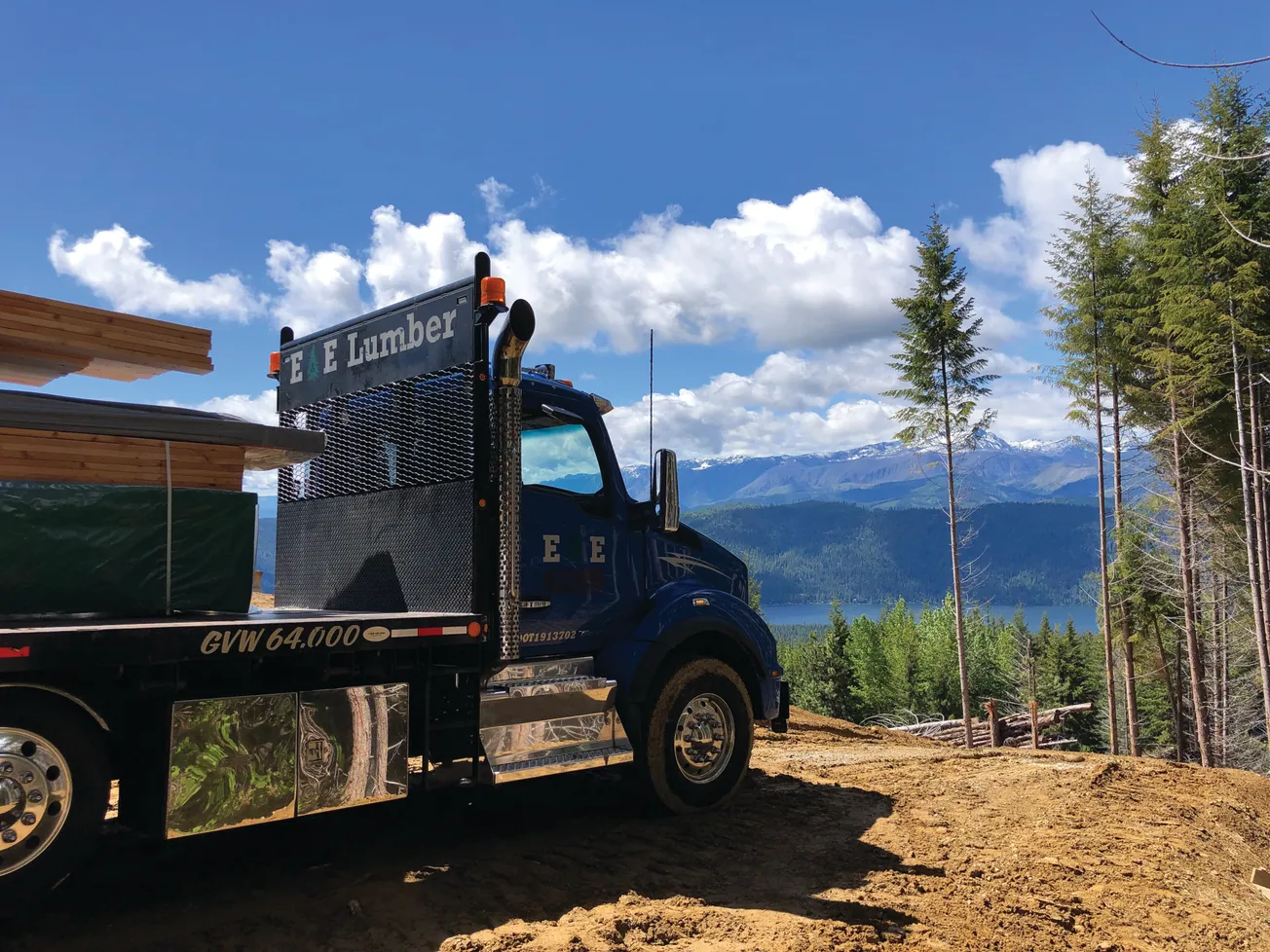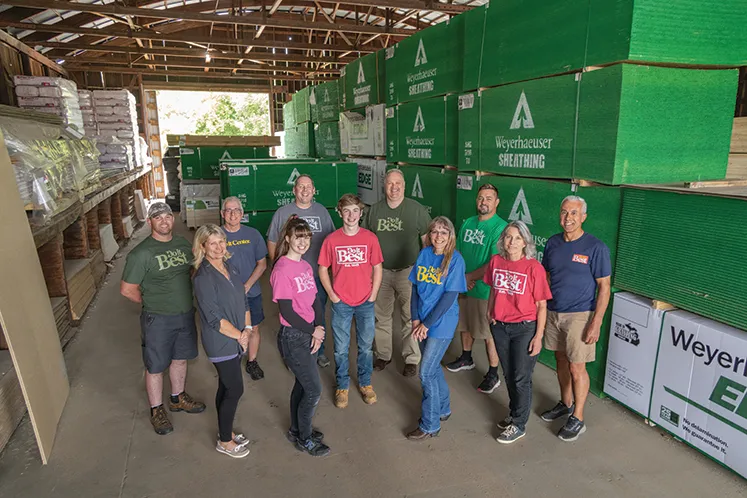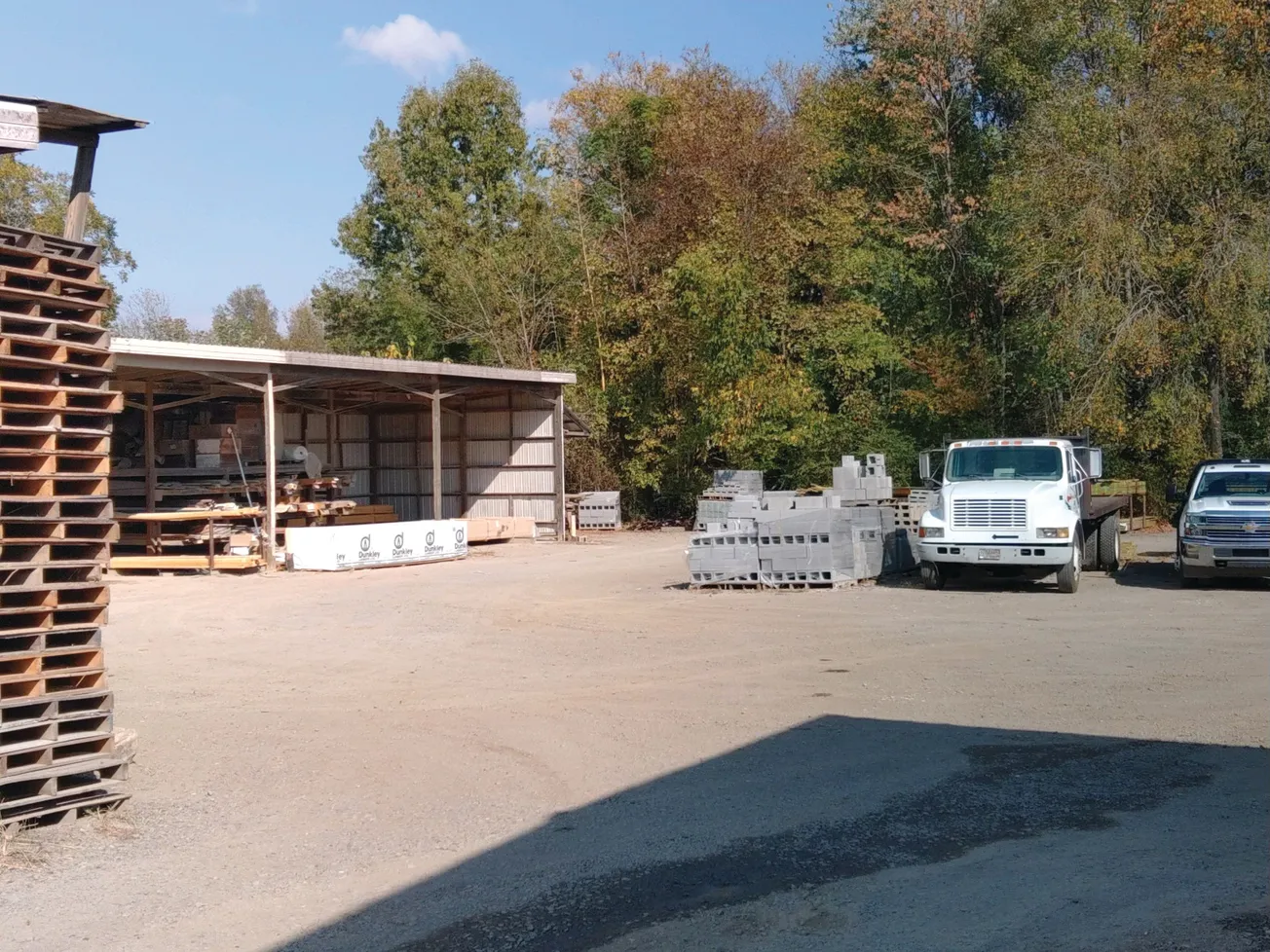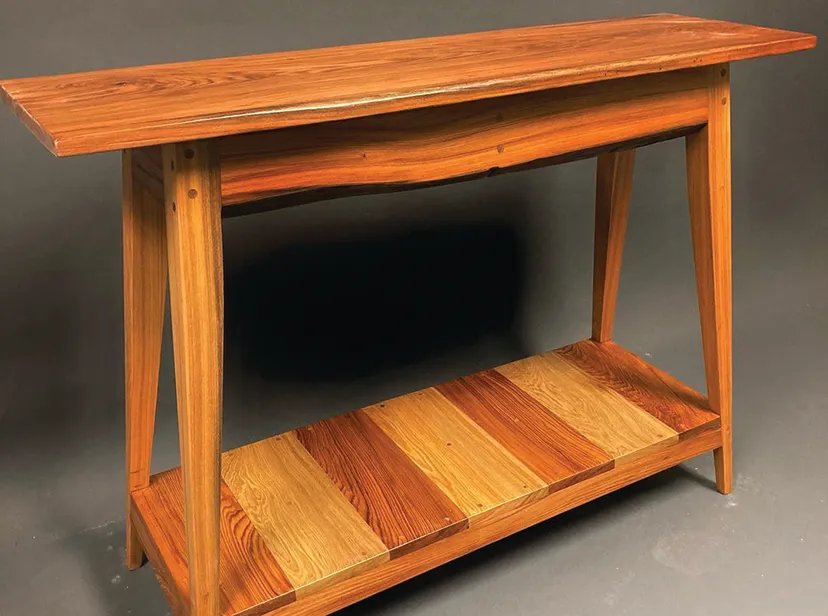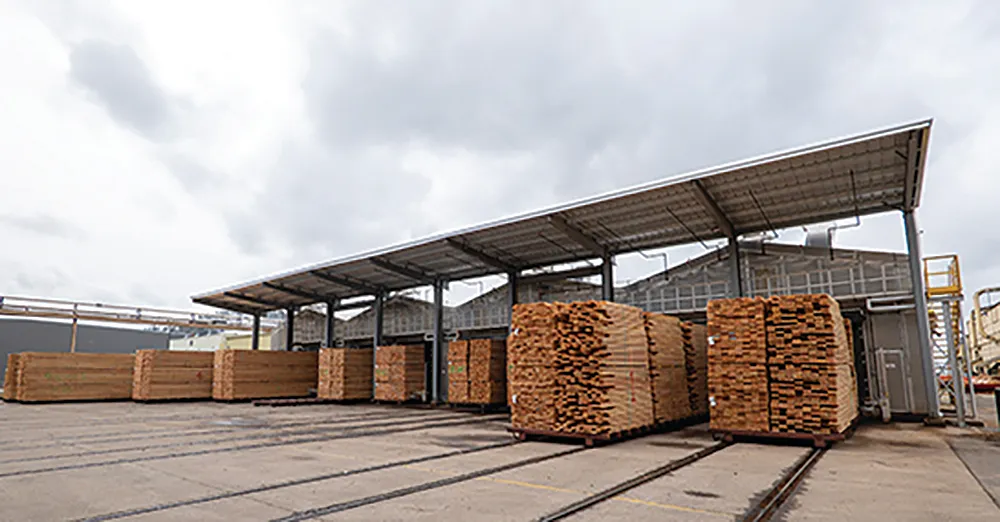Table of Contents
Kellogg Supply, of Manteo, sited on the Outer Banks of North Carolina, is a family-owned operation serving customers since 1946.
Bravo. But this is a success story (is it ever!) not because of what it’s done throughout all those decades but because of a way-out-of-left-field break from that very past. Forgoing “the way we’ve always done it,” the company recruited a young dynamo who’s now its CEO.
Fella named Joe Gaca. Were he in the ballgame business, he’d either have been (1) banned from the field for not playing by the rules, or (2) enrolled in the Hall of Fame. Instead, Joe was a teacher, toiling as assistant principal at a failing school with the mandate to improve performance.
But a funny thing happened on the way to the classroom. As he tells it, “I lived next door to a man who owned a lumberyard. Every once in awhile, I’d get a call asking me to join the operation. Finally, in Year Five, I said to myself, ‘Know what? You’re not married, no kids; you work 72 hours a week and should also be going to graduate school.’ Soooo, I decided to try it for a year.”
It’s now going on 14.
“For me the appeal was, the company is family-owned. And all new to me: I had no idea what I should be doing. I started out in the yard, then moved on to the sales counter, then commodities purchaser. I worked my way up to assistant manager, store manager and then CEO. I learned the business from the ground up. Sure, there were hiccups along the way, but I was not too proud to say, ‘Hey….’ You take the information you have, analyze it, and make decisions based on that.
“It was nice to walk in without a precise idea of how things should be, and to be able to make an evaluation. It became my responsibility to improve efficiency. I wasn’t afraid to get my hands dirty, and that won me buy-in from our teams, including the management team (their longevity was very helpful). Everybody was willing to change, to learn—and it could very easily have gone the other way.
“I looked at invoicing, technology procedures, inventory processes. Instead of ‘that’s not how we did things before,’ they jumped aboard. I never was made to feel like ‘the new guy.’ Instead, it was ‘Let’s figure it out together.’ I’m not afraid of failure, and we’re all moving in the same direction.”
Joe was tasked with heading up commodity purchases. “Luckily, I came in at a downtime in the commodities market. I got myself some history from old sales documents and then saw how things were now moving in the opposite direction: I had that luxury—for instance, not having to commit to x-truckloads in order to obtain a delivery. With time on my side, I was able to look at our records with vendors to see what partnerships had been successful, and which could be made better: how to strategize a program that would be better for both of us. It made a great foundation for relationships, and the way to grow those.”
The operation Joe stepped into, and now heads, includes four building-material centers, a stand-along Design Center, and three free-standing retail venues (more on those later). Each, the boss says, has its own personality: no cookie cutters. “Although 85% of our customers are contractors, that ratio is a little different in each store. The managers can make their own individual decisions, based on their particular clientele. That way,” he says, “they’re more vested. If they decide to add Hunting and Fishing, say, then they really try to sell it.”
Those contractors are building custom homes stating at $200,000 and spiraling well beyond $2 million in this fabled islands location, where beach property is prime. Which makes a dumb reporter assume that cost of construction isn’t a huge factor. Wrong! “It’s no different here. The competition’s no different on these islands—in fact, it’s even crazier! It includes everything from big boxes to other successful indies.”
So, why do builders choose Kellogg? “They know the longevity of our team, and this is in an environment that relies on long-term relationships. They can count on how you respond to them; how you help them, get them answers. (They’ve got my direct phone number). It’s a cliché, but it’s not about selling products: Rather, it’s what you can do for them, how you respond to them, and make it easy for them to deal with you. For instance, when it comes to returns, they don’t have to deal with a corporate office where you’re just a number—and we’re the only locally-owned company here. You get your questions answered without being transferred 10 times.”
So service, then—like just-in-time delivery? Wrong again. Kellogg tries its darndest, “but our location in the Outer Bank islands means that if it’s rainy, windy, no ferries. So you’ve got to have flexibility.”
Customer service jumped up another notch with the launch of Kellogg’s Design Center—the usual host of elements from windows to mouldings and more. Its twist is that, while contractors are invited to bring in their clients to kick the tires, often it’s the contractor himself who now has a dedicated center in which to make decisions.
That’s because much of the islands’ new construction is in rental homes erected by developers or individuals looking for added income. Thus, the new Deluxe Houseware Package concept was born. “In a client’s first investment home,” Joe explains, “they pour their heart and soul into choosing all the accessories. But eventually, on ensuing ventures, it becomes more of a business, this furnishing of a house for 24 occupants: dinnerware, towels, everything. So with this package, we provide all that.”
The concept sprang from Kellogg’s already-successful Cottage Shops. “These are retail stores where you can decorate your home, pick up souvenirs.” Huh? Now you’re selling everything from trusses to dresses?
Not so out-there, after all. As Joe sees it, “The building industry is so cyclical, and there’s not a lot of year-round demand here, so this [retail operation] helps offset things in the slow months. Even in the downturn, they continued to grow.”
Which led to another experiment that succeeded. Kellogg opened a kids-and-moms-focused store called Mudpie. “As a Cottage Shop brand, it did very well for us, so that we partnered with the vendor and opened the store.”
Thus, there’s a lot of word to be spread, and social media helps. Kellogg is involved in FaceBook, Pinterest, Instagram, Twitter and the blogophere. “We need to get better,” he’s the first to admit, “but we’re beginning to integrate what we post to make it easier to share the culture of the company.
On our blog we announced a silent auction, and recognize team members. The posts that gain the most attention are pictures of Kellogg doing something fun, like holiday photos or the sharing of ideas, such as color trends.”
Of course, Kellogg corrals social media to publicize events, too. “Events are better than just having a sale. People want an experience,” he’s learned, “not just 20% off. They turn out for our beach glass jewelry classes. The pumpkin carving. A duck expo, with duck-calling contest. Our Christmas tree, with cookies and hot chocolate. It’s through these experiences,” he notes, “that we build relationships. We get our web-sales customers to come in for a visit. And first-timers become repeats.”
What’s ahead for the company? Instead of the usual responses such as “expanding our market” and “improving customer satisfaction,” Kellogg’s keen analyst-in-chief has a list of specifics to achieve these universal goals, starting with looking at adding a door shop (“It’s on the agenda”); improving the technical part of deliveries, such as relaying photos on devices; an increased presence on social media; and different inventory management, including data analysis. Also, “Our stores are up and running, so we’re scouting for the next location.
“We’ll also continue to analyze sales—for instance, if someone picks up Sheetrock but not the tape—why? With doors and fasteners, we figure we’ve got the customer base, so, why not try them, too? Then we make it happen, looking at ‘Where’s it going to come from?’ This kind of analysis will help direct our growth.”
And, looks like, Joe will be right there to lead the troops. “This is the longest job I’ve ever had,” he confesses. “I never expected I’d be here 14 years; it was not on my radar. But I’m excited to work with our teams, which take on different projects and move in the same direction on them. The owners allow me free rein, including expansions. If I said “a Hunting and Fishing shop” or “two more building supply locations,” they would support it. They allow me to experiment. For instance, going ahead with women’s clothing? Amazing!”
Combine analytics with relationships and you come up with outside-the-box ideas that succeed. Amazing is right.


